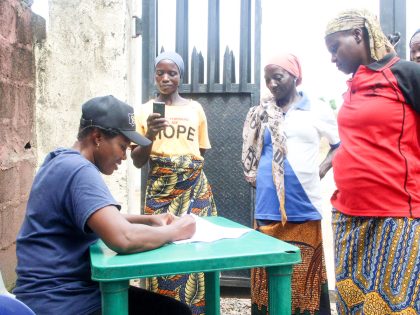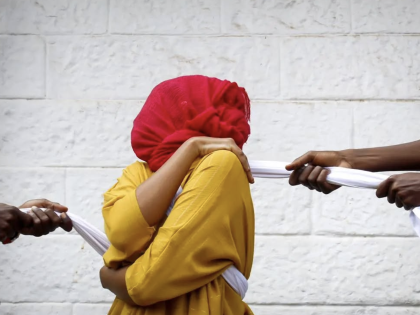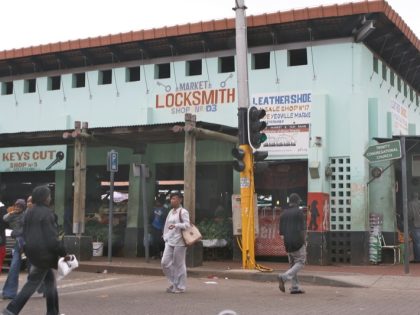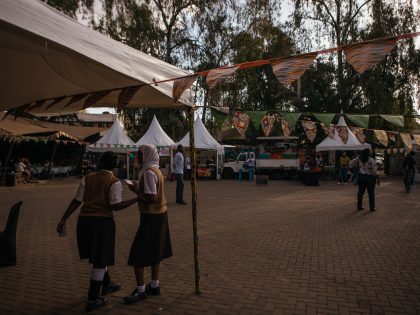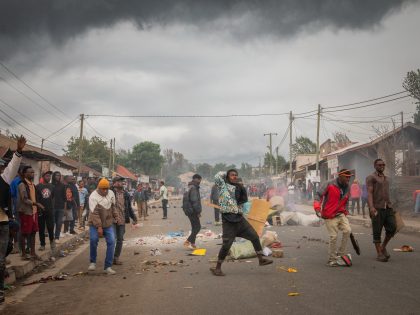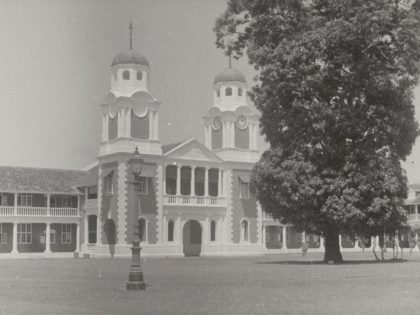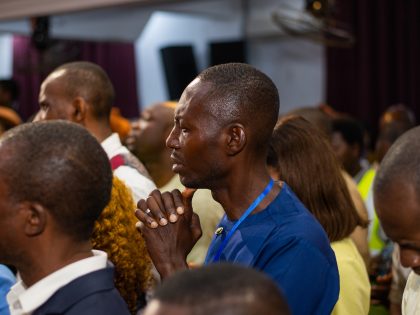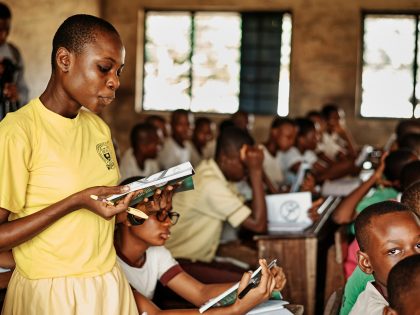Die Antwoord Butchering Old Beats
Die Antwoord play the media game well. What they still do badly is "borrowing" from other people's work.

A still from the music video of "I find you freaky" by Die Antwoord.
Going through photographer Roger Ballen’s “Boarding House” series, each portrait made me wonder: “… but what are these people in the photographs doing after the shoot?” Ballen’s portraits are detailed, staged pictures of unnamed human figures, often with out-of-place props (rats, crosses, dolls…) in the same frame, always against a dead cold grey background. I failed to imagine them to be alive, real, or moving. Watching the music video that Ballen directed for South African crew Die Antwoord (“from da dark dangerous depths of Afrika” — their words) changed that a little. The figures do come to life. But I never imagined them dancing to an old beat.
I didn’t imagine them freaking out to hardcore bass drum gabber beats, that Dutch sound which flooded the clubs in the nineties — those records now safely stored somewhere in my basement. I imagined the figures as puppets in an American-South African photographer’s play, hinting at what he believes is an undiscovered surreal mental wasteland, that of poor whites, poor white South Africans, poor Afrikaners. It’s the same trope Die Antwoord played with, and it’s a trope we won’t write about again.
Although some people are still tempted to consider them as being exemplary of white South Africans’ (and Afrikaners in particular) “liberation” through art after Apartheid (as this article in the New York Times suggests), I don’t believe Die Antwoord’s essence lies in their projected identity, nor is the latter a useful concept to explain their runaway success.
I don’t think they ever wanted to be regarded as ‘Afrikaans artists’; they are only Afrikaans in so far as the press, blogs and online trolls believe them to be Afrikaans or poor Afrikaners. The new album, tellingly, hardly has any Afrikaans lyrics on it. Ninja makes sure to keep that to a minimum on the album as a whole. Sure, there’s some swearing and a skit in Afrikaans, but when Ninja for example raps how they broke with the American record deal that got South African press hyped up, he does so in English. (That is, unless you don’t count the odious lines “Ek’s ‘n lanie, jy’s ‘n gam/want jy lam in die mang/met jou slang in ‘n man” in ‘I Fink You Freeky.’ For those who don’t understand Afrikaans, translated that reads “I am a boss, you’re a child of Ham/’cause you’re locked up in jail/with your snake [penis] inside a man.” Let me break that down. “Lanie” is colloquial coloured slang for a white boss. As for Gam, it’s the Afrikaans for Ham. That’s the Biblical Noah’s cursed son Ham. In Apartheid’s theology coloureds were deemed children of Ham, i.e. the cursed ones. The rest is self explanatory and recalls the homophobic lyrics on their last song.)
What they always did want though, is to play with the spectacular to get people’s attention. As one does as an artist, I assume.
Die Antwoord play the game well; whether they play it fair is open for interpretation.
What they still do badly is “borrowing” from other people’s work. Ripping Jane Alexander’s sculpture Butcher Boys in the album trailer — without the South African artist’s knowing — is one example, while ‘I Fink You Freeky’ not just seems to take the title and the sound of LFO’s track ‘Freak’ but also an idea from this video made for that same LFO track. And maybe for good reason. If your songs don’t differ much from what kids growing up in the nineties listened and danced to, you better come up with striking visuals and clever marketing.
Then there’s how music journalist Diane Coetzer, in an “interview” for the South African version of Rolling Stone (which put them on the cover), deals with questions of appropriation and race. She has it in for “South African critics who accuse the group of cultural appropriation (or worse) and spend hours analyzing why two white South Africans shouldn’t be stepping over the border into [coloured] Mitchell’s Plain or Fietas to mine the lives of those who reside there.” We learn that Die Antwoord’s “ruthless loyalty to their imagination are the sole boundaries.” Yes.
Anyway, good PR helps. And it helps to be well connected. (Diane Coetzer’s partner is Die Antwoord’s music publisher.) The PR worked last time, and so it will this time. The New York Times fell for it (including misrepresenting their critics) and fashion designer Alexander Wang flies them in for his new spring campaign.
By way of conclusion, I see Welsh rock band Feeder’s using a Ballen portrait for their cover art too. It’s becoming a trend. And it sells.

